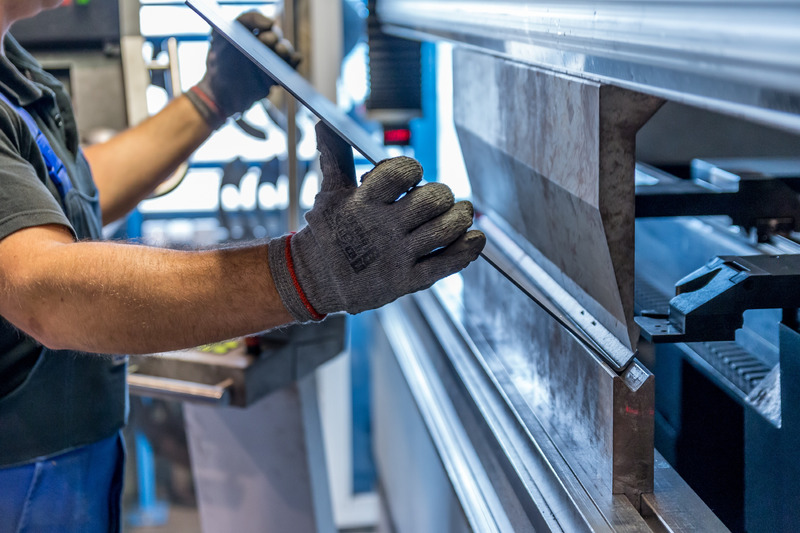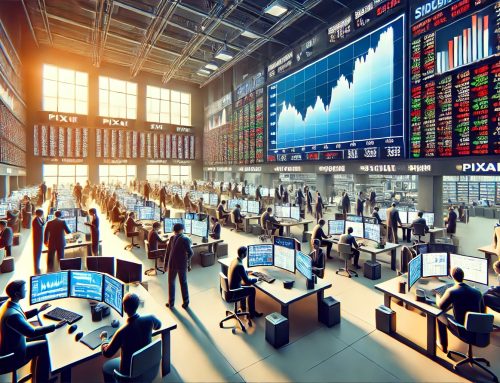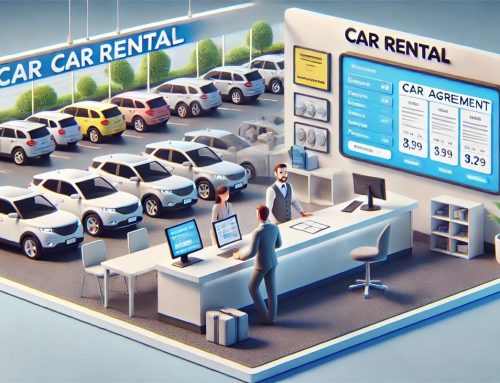September 7, 2022
The performance of the first quarter of 2022 confirms a marked slowdown in the positive trend observed in 2021, reinforcing bleaker prospects for the rest of the year. Apparent steel consumption is expected to experience its third recession in just four years (-1.7%), while the evolution of steel demand remains subject to high uncertainty fuelled by the ongoing energy crisis, inflation, supply chain disruptions and Russia’s war in Ukraine. Import penetration has remained considerably high.
“A gloomier outlook for the steel market for the rest of 2022 is consolidating and will most likely have spill over effects also on 2023”, said Axel Eggert, Director General of the European Steel Association (EUROFER). “We have been facing skyrocketing energy prices and bottlenecks in supply chains for almost a year now, and the dire consequences of Russia’s invasion of Ukraine for half a year. Yet, there is no sign that uncertainty will ease any time soon, while steel imports in the EU are still significant: this is detrimental for a healthy EU steel industry”, he added.
Despite substantial growth in apparent steel consumption in 2021 (+15,2%) and, although milder, in the first quarter of 2022 (+6.5%) for a total of 37.1 million tonnes, this volume is still below the pre-pandemic peak of 2018. A declining trend is expected for the rest of 2022, resulting in a moderate recession and in a further halving of steel-using sectors’ output growth (+1.1%).
EU steel market overview
Domestic deliveries had a nearly flat growth in the first quarter of 2022 (+0.2%, after +1.2% in the fourth quarter of 2021), mirroring the sluggish demand seen since the second half of 2021. By contrast, in 2021 deliveries sharply rebounded (+11.3%), after 2020’s slump (-9.6%).
Imports into the EU continued their significant increase (+28.8%) also over the first quarter of 2022, though at a slower pace compared to the fourth and third quarter of 2021 (+43.4% and +47.7% respectively). Despite a limited rise (+0.4%) in the second quarter, import penetration over the last quarters has remained considerably high.
EU steel-using sectors
A more nuanced picture emerges for steel-using sectors in the first quarter of 2022. The overall output figure is markedly positive (+4.9%) and even better than the previous quarter’s performance (+2.6%), scoring the fifth consecutive year-on-year growth. But a closer look at individual sectors shows an uneven reality: the favourable conditions experienced by construction, mechanical engineering and transport were able to offset the negative results of automotive and domestic appliances, which were hit first by the current global challenges.
However, the unfavourable conditions stemming from Russia’s ongoing war in Ukraine, with worsening supply chain issues, energy crisis and high production costs, are expected to negatively impact in the next quarters also on those sectors which were spared so far. This is why the steel-using sectors’ output for 2022 has been revised downwards by half compared to EUROFER’s previous forecasts (+1.1% vs 2%).
Source:European Steel Association (EUROFER)
Legal Notice: The information in this article is intended for information purposes only. It is not intended for professional information purposes specific to a person or an institution. Every institution has different requirements because of its own circumstances even though they bear a resemblance to each other. Consequently, it is your interest to consult on an expert before taking a decision based on information stated in this article and putting into practice. Neither Karen Audit nor related person or institutions are not responsible for any damages or losses that might occur in consequence of the use of the information in this article by private or formal, real or legal person and institutions.






